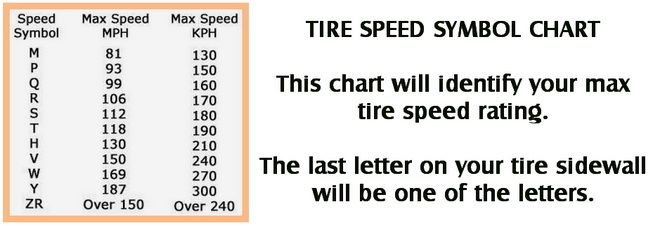Installing the right tires on your vehicle is essential to the overall performance and safety of your vehicle. Your tire choice should reflect the conditions in which you drive and your preferences for vehicle response and handling. To make the most informed decision, though, you must understand how to read tire size when it's time to buy tires.
Thankfully, determining the correct tire size for your vehicle is relatively simple. All the information you need is immediately available either in your owner's manual or somewhere on the vehicle itself. Already know how to read tire size numbers? Skip the explanation and find the right Bridgestone tire for your vehicle online or by visiting a Bridgestone tire dealer near you.
While actual, physical measurements like width and diameter are factors in finding the right tire size, there are additional details to consider. Knowing how to read car tire sizes also means understanding terms like load index and speed rating that affect your vehicle's overall capabilities.
No matter what vehicle you drive, finding the manufacturer-recommended tire size should be easy. The best place to start looking is the owner's manual.
Don't worry if you can't locate the manual; you may also find a tire fit guide in these locations:
You can also find tire size data on the sidewall of your current tires (assuming they're the proper size). However, no matter where you find your tire size, you will have to decipher a sequence of numbers and letters. Don't worry if it looks confusing at first — every letter and number has a straightforward meaning. Let's break down how to read car tire size.
Let's take a look at what each number or letter stands for, one by one, in the order they appear in your tire size data. We'll be using this tire size as an example: P225/70R16 91S.
For most vehicles, you'll see the letter "P" before the number sequence begins: P225/70R16 91S. The "P" is short for "P-metric," which is a designation by the Tire and Rim Association for a "passenger car" tire type. A "P" signifies the tire was designed to primarily be used on passenger vehicles, which can include cars, minivans, SUV's and other light-duty pickup trucks.
If you see "LT" instead of "P," it's because you need "light truck" tires – "LT" is short for "LT-metric," which is a designation by the Tire and Rim Association for a "light truck" type tire. Light truck tires are designed to be used on vehicles capable of carrying heavy cargo or pulling trailers.
Similarly, "T" stands for "temporary" and is for your spare tire. If you see "ST," that means "special trailer." A special trailer tire is never installed on the drive or steer wheels. It's only intended for use on trailer axles.
The first number to appear in your tire size information is the width, in millimeters, of the correct tires for your vehicle: P225/70R16 91S.
Tire width always refers to the measurement from one sidewall to another. Thus, a tire with the measurement "P225" is for a passenger vehicle and has a nominal width of 225 millimeters.
After the slash mark, the next number you see is for the tire's aspect ratio, which essentially tells you how tall your tire's profile is: P225/70R16 91S. Aspect ratios are delivered in percentages. Tire makers calculate the aspect ratio by dividing a tire's sidewall height by its width. If a tire has an aspect ratio of 70, it means the tire's height is 70% of its width.
Lower aspect ratio tires, such as a 60 series, generally offer vehicle handling performance advantages over higher aspect ratio tires, such as a 75 series.
After the aspect ratio comes a letter to indicate the tire's construction: P225/70R16 91S. "R" refers to the internal structure of your tire and gives you a general idea of its stability.
There are two types of construction that you may see on the sidewall of a tire
"Bias-ply" tires were used on automobiles and light trucks until the '70s," reports the classic car site, Hemmings. But radial tires represent the vast majority of tires on the road in the United States today. In fact, you will almost always see the letter "R" on tires as radial tires have been the industry standard for over 40 years. Radial construction means the tire's internal ply cords are oriented in a radial direction (at 90 degrees to the centerline of the tread).
But radial tires represent the vast majority of tires on the road in the United States today. In fact, you will almost always see the letter "R" on tires as radial tires have been the industry standard for over 40 years. Radial construction means the tire's internal ply cords are oriented in a radial direction (at 90 degrees to the centerline of the tread).
The next number is the wheel’s diameter. For example, a tire with the P225/70R16 91S would fit a rim with a 16-inch diameter.
Take note: if you decide to change your rims' size, you will also need to get new tires that are compatible with the change in size. Tires designed to fit a 16-inch wheel diameter will not stretch to fit on new 18-inch rims.
View Other Common Diameter Sizes:
14-Inch Diameter Tires
15-Inch Diameter Tires
17-Inch Diameter Tires
18-Inch Diameter Tires
19-Inch Diameter Tires
20-Inch Diameter Tires
21-Inch Diameter Tires
22-Inch Diameter Tires
The next figure needed to read tire size numbers is your tire's load index. The load index tells us how much weight, in pounds, the tire can support when fully inflated: P225/70R16 91S.
The load index tells us how much weight, in pounds, the tire can support when fully inflated: P225/70R16 91S.
It is called the load "index" because the figure doesn't tell us the precise number of pounds the tire can support, at least not by itself. Instead, the number corresponds to a specific load capacity listed in an index. Beginning with one and ending with 150, numbers in the load index represent carrying capacities of 99 to 7385 lbs.
Additionally, you may not find this number present on all tires. This is because the load index is not required by law to be printed on tires. If there is no load index measurement on your tires, check the owner's manual or contact your local Bridgestone tire dealer for more information.
The final figure in a tire size sequence is the speed rating indicated by a letter: P225/70R16 91S. Just as your load index number corresponds to a particular load, your speed rating letter corresponds to a specific speed capability based on a standardized laboratory test.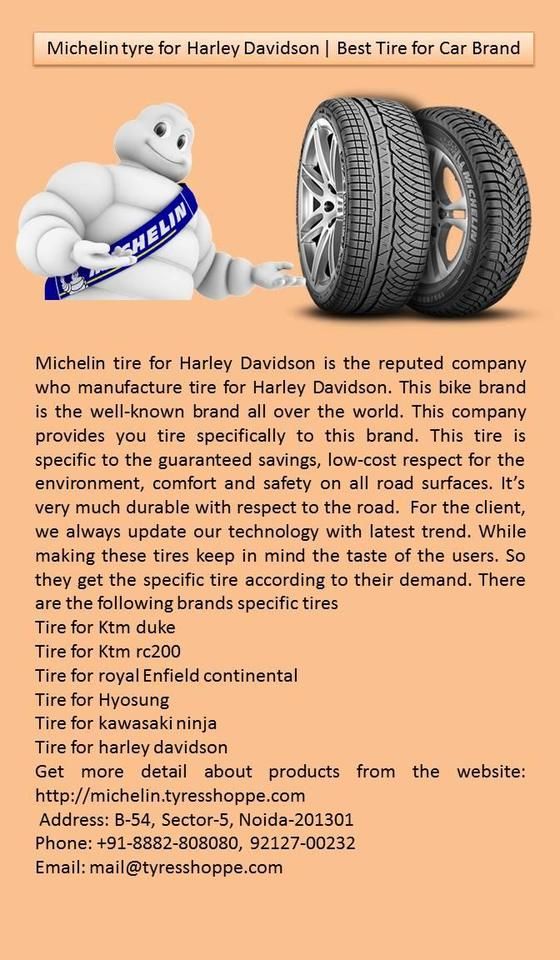
For example, a tire with a speed rating "S" is rated for up to 112 mph, while a tire rated "R" is up to 106 mph. Remember that this isn't a recommended cruising speed, but rather the maximum speed that tire type can withstand. Of course, you should always follow legal speed limits on roadways.
Here are the most common letters for speed ratings and their corresponding maximum speeds:
Tires with higher speed ratings tend to offer increased handling performance. Replacement tires must have the same or higher speed rating to maintain vehicle speed capability. If a vehicle has tires with different speed ratings, the speed rating of the "slowest" tire dictates the vehicle's top speed.
Like the load index, the speed rating is not required by law to be listed on all tires.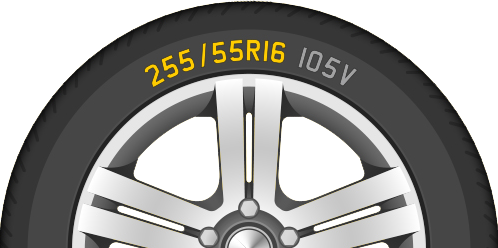 If your tires do not have the speed rating listed, your owner's manual will have the relevant information for your model's stock tire type.
If your tires do not have the speed rating listed, your owner's manual will have the relevant information for your model's stock tire type.
You may find "M+S" or "M/S" after the main tire size sequence on some tires. This indicates that the tire has some capacity to handle snow and mud conditions. This indication is common on most radial or "R" type tires.
You may notice another set of letters and numbers on your tire's sidewall beginning with "DOT." This is not an indication of tire size, but rather that the tire complies with Federal Motor Vehicle Safety Standards. The "DOT" stands for Department of Transportation and is followed by the tire identification number.
The first two letters or numbers after DOT refer to the manufacturing plant where the tire was produced and the last four numbers indicate the week and year the tire was made. The numbers 4318, for instance, indicate that the tire was manufactured during the 43rd week of 2018.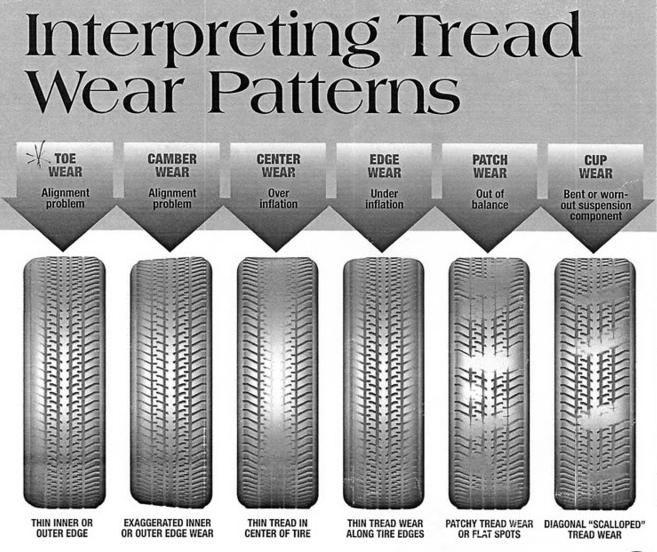
While it's certainly possible to upgrade your tires' size, it's usually best to stick to your manufacturer-recommended tire size for optimal performance. Increasing the size of your tires may give your car more ground clearance, but it may also affect handling, drivetrain performance and fuel economy. Keep in mind the changes to key figures mentioned above, such as load index and speed rating, and how they may affect your vehicle's capabilities if you decide to increase tire size.
Once you know how to read the numbers on tires, you can explore tires by size and narrow down your tire options quickly. Compare tire sizes online or visit a Bridgestone tire dealer near you for help.
Tire size can be confusing. Some numbers on the sidewall are listed in millimeters while others are inches. Plus, the right size for your car, truck, or trailer can differ depending on where and how you drive.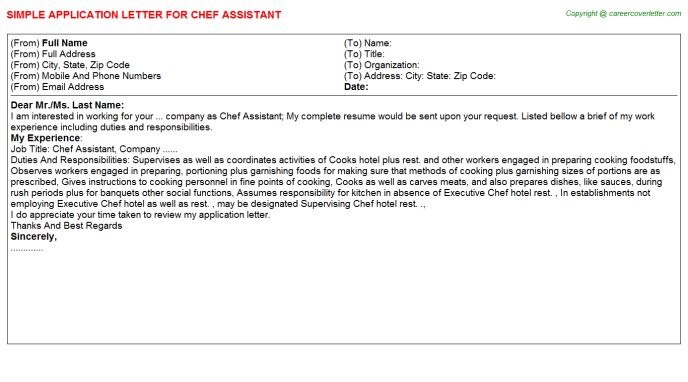
You can see your original equipment tire size in your owner’s manual or on the placard generally located on the driver’s side door jam. This is the sizing recommended by the vehicle manufacturer.
If you’re interested in switching out your tires for a different look or performance, a good place to start is the numbers and other indicators on your existing tires’ sidewall. Next, have a tire professional help you determine a tire size range that will fit your vehicle and driving needs.
Here’s what those numbers and indicators on the sidewall indicate and how to understand them:
A: TIRE TYPE The first letter in the code tells you what class of tire it is.
P stands for passenger vehicle tire. P-class tires include cars, SUVs, crossovers, minivans and smaller pickup trucks.
LT means light truck tire, designed for vehicles that are capable of carrying heavy loads, towing trailers, or for those looking for an extra heavy duty option.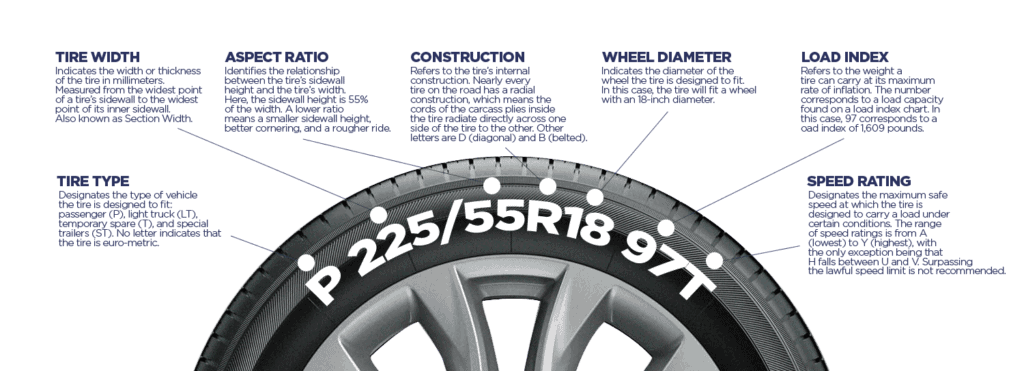 These are often equipped on three-quarter or 1 ton trucks and SUVs.
These are often equipped on three-quarter or 1 ton trucks and SUVs.
ST stands for Special Trailer. These tire sizes are meant for trailers, including fifth wheels and other travel trailers, as well as boat and utility trailers.
If there’s no letter before the first number, you have a metric tire most commonly referred to as European size. It’s also measured in millimeters but may have a different load capacity than a P or LT tire.
B: TIRE WIDTH The three-digit number following the letter is the tire’s width (from side to side, looking at the tire head on) in millimeters. This may also be referred to as the section width.
C: ASPECT RATIO The forward slash separates the tire width number from the two-digit aspect ratio. The bigger the aspect ratio, the higher/taller the tire’s sidewall, or “profile” as it’s sometimes called.
The aspect ratio is indicated on the tire sidewall as a percentage. It’s the height of the sidewall measured from wheel rim to top of the tread, expressed as a percentage of tire width.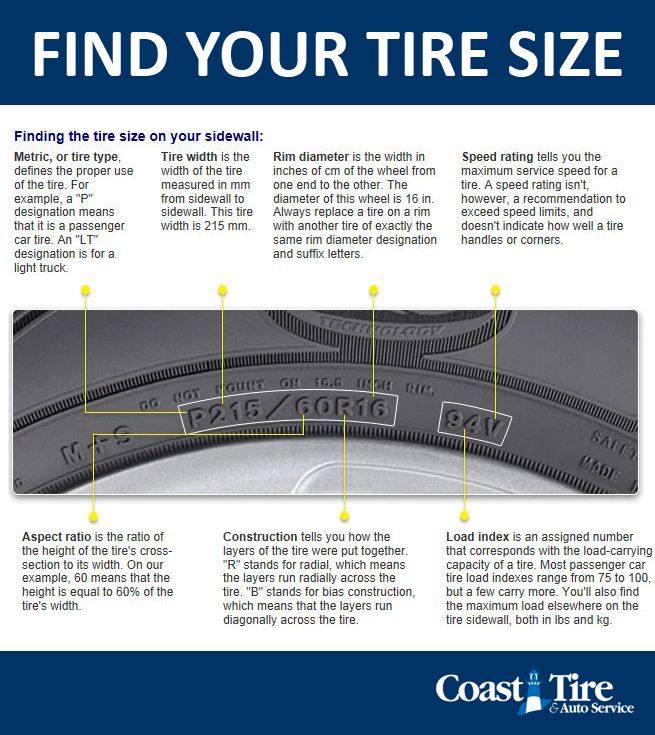
In this example, the aspect ratio is 65, meaning the sidewall is 65 percent as high as the tire is wide. To get the sidewall height, take the tire width of 215 mm and convert it to inches (8.46). Then multiply this by 65% (.65). This gives you an answer of 5.5, the sidewall height in inches.
D: CONSTRUCTION TYPE This single letter tells you about the internal construction of the tire.
R is for radial tires, the industry standard for most tires today. They have better road grip, lower rolling resistance for better gas mileage, ride comfort and durability than previous generations of tires. In a radial tire, the plies — layers of strong cords made of a blend of polyester, steel and fabric and coated with rubber — are laid perpendicular to the direction of travel.
D is for tires built with diagonal (crisscrossed) plies, called bias-constructed tires. They are also called conventional, x-ply, or cross-ply tires.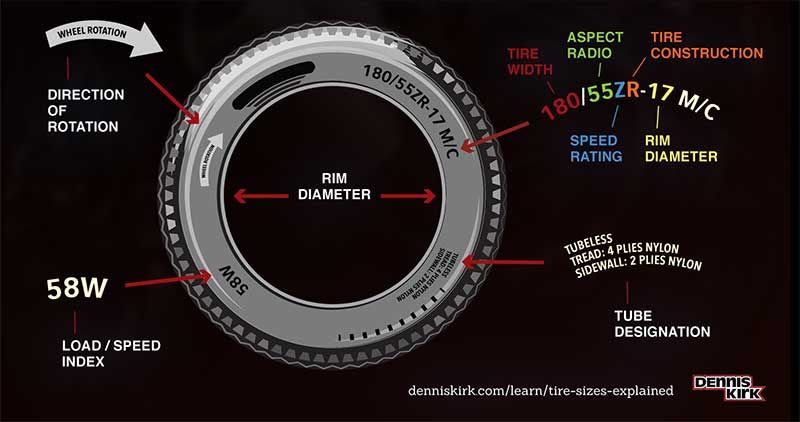 Some motorcycle and trailer tires still use this internal construction.
Some motorcycle and trailer tires still use this internal construction.
Some run-flat tires are identified with an F followed by the type of internal construction.
E: WHEEL DIAMETER This two-digit number specifies wheel diameter in inches. It’s the distance between the two bead seat areas (where a tire gets tightly sealed onto the wheel).
F: LOAD INDEX The two-digit or three-digit number that follows the gap specifies tire load index. The load index symbol indicates how much weight a tire can support, based on the following standard chart. In our example, the load index is 89, which indicates the tire has a load capacity of 1,279 pounds, when inflated to the tire’s maximum air pressure rating.
G: SPEED RATING The last letter is the tire speed rating. This indicates the top speed it’s safe to travel at for a sustained amount of time. A tire with a higher speed rating can handle heat better and provide more control at faster speeds..jpg) The maximum operating speed of a vehicle is no more than the lowest speed rating of all tires mounted on the vehicle. (Of course, you should always abide by speed limits for safer driving.) Speed rating is usually, but not always, a single letter (see the chart).
The maximum operating speed of a vehicle is no more than the lowest speed rating of all tires mounted on the vehicle. (Of course, you should always abide by speed limits for safer driving.) Speed rating is usually, but not always, a single letter (see the chart).
Below you will find several charts that will help you understand tire sizing numbers, including a load index chart and speed rating chart.
A tire size calculator is a quick way to see whether the tire size you’re considering will likely fit your car, SUV, sports car, light truck or crossover.
But remember that is only an estimate. It’s important to stay within the sizing tolerances of your vehicle. Tires that are the wrong size could cause some pull in the steering wheel, rub against the suspension or body of your vehicle, reduce clearance on hills, or result in a stiffer or noisier ride.
If you’re considering mounting a different tire size on your vehicle, check with a tire expert.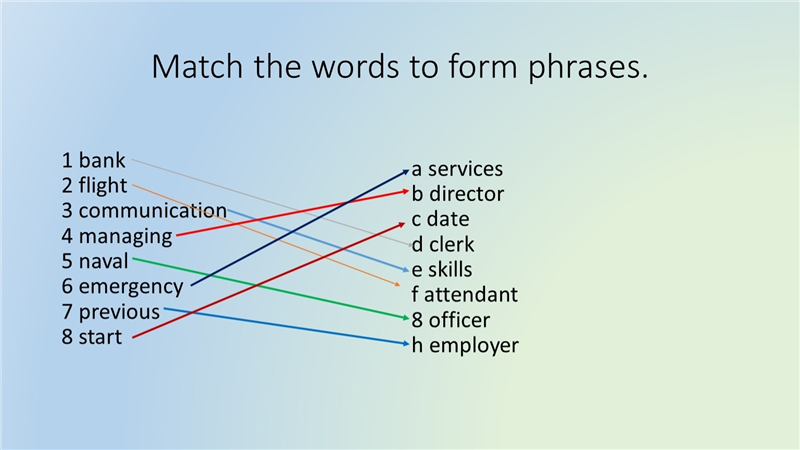 Find out whether the tires and wheels you have your eye on are the right fit for your vehicle’s suspension, gearing, and bodywork. And ask how any differences in revolutions per mile, tire speed, load index, and speed rating will affect your ride quality and vehicle performance.
Find out whether the tires and wheels you have your eye on are the right fit for your vehicle’s suspension, gearing, and bodywork. And ask how any differences in revolutions per mile, tire speed, load index, and speed rating will affect your ride quality and vehicle performance.
See how new tires and rims will look on your car or truck using our Virtual Wheels simulator, available at any Les Schwab.
Find Your Store
financial controller at Aussedat-Rey (the French subsidiary of International Paper Group), since 1987 - deputy general director of International Paper
director of legal Michelin Group Finance and Finance
appointed Michelin Group Managing Partner
Michelin Group General Managing Partner
Michelin was founded in 1889 by the Michelin family.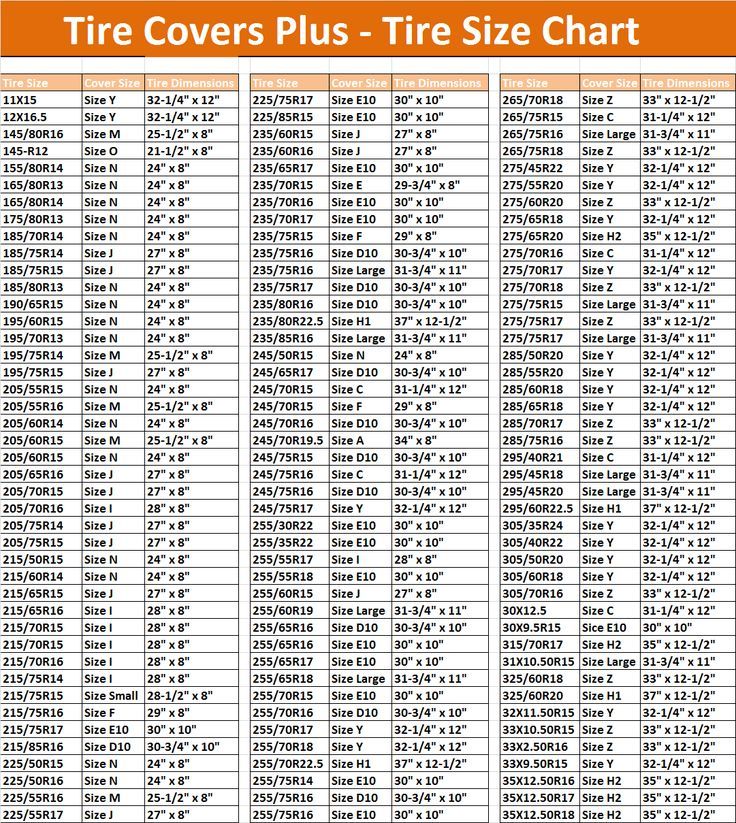 It is now the world's leading tire manufacturer. The company has 72 factories in 19 countries. Michelin also produces restaurant and tourist guides. The company's symbol, the Bibendum inflatable man, has not changed since 1898, when it was designed by the French artist O'Galop.
It is now the world's leading tire manufacturer. The company has 72 factories in 19 countries. Michelin also produces restaurant and tourist guides. The company's symbol, the Bibendum inflatable man, has not changed since 1898, when it was designed by the French artist O'Galop.
the world's second largest tire manufacturer. Revenue (1st half of 2011) - 10.1 billion euros. Net profit - 667 million euros. The main shareholders are the Michelin family. Capitalization - 8.3 billion euros. Michelin is the oldest tire company in the world.
“Actually, I'm afraid that no one knows the answer to the question [is there a new crisis]. When you read the opinions of experts, their points of view change every day. Markets go up and down. I really hope that there will be no new recession, but we must be ready for it,” says Rollier. The key question is whether the EU will stand the test of debt problems: "Some decisions have already been made regarding the allocation of financial assistance to Greece, but some uncertainty remains.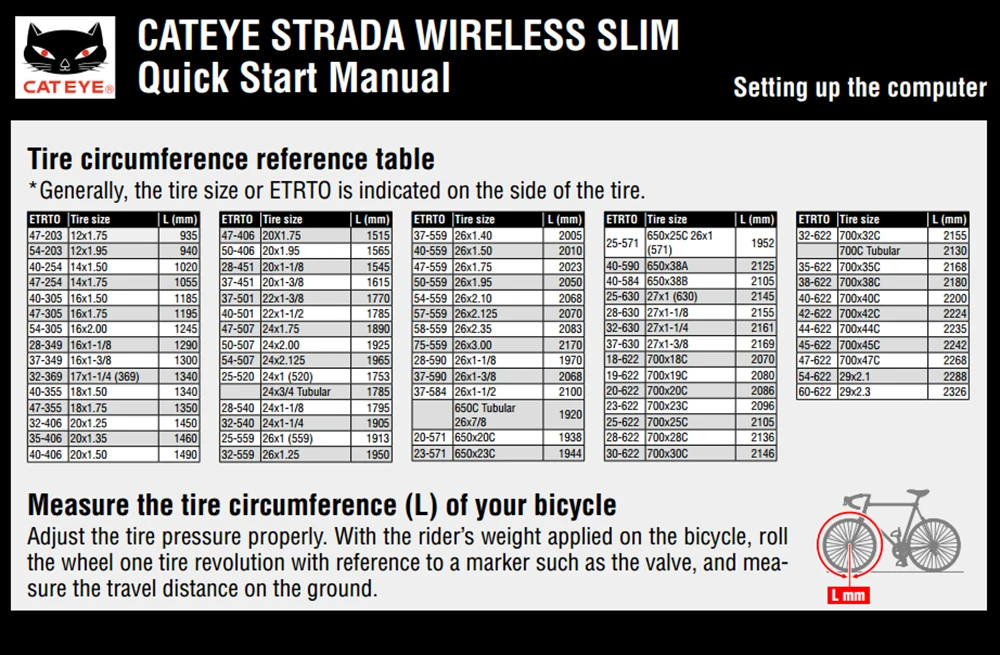 "
"
Michel Rollier took over Michelin at a difficult time after the death of Édouard Michelin, a member of the famous family. Rollier has carefully preserved the best in the company - it is still the world leader in the production of tires, and it does not intend to stop. Michelin puts on new markets - Asia, Latin America and Russia, experiments - it is in its tires that Mikhail Prokhorov's "Yo-mobile" is shod - and changes: Rollier is ready to give all power in the company to the new leader. The head of Michelin spoke about this in an interview with Vedomosti.
- 2010 was the most successful year in the company's history. How could you achieve this immediately after the crisis?
- 2010 was the best year in the company's history - that's right. We have been able to benefit from the rapid recovery, especially in markets that are new to us. For the past five years, we have been working to increase our productivity, production capacity, technological superiority, and now we are reaping the benefits of five years of work.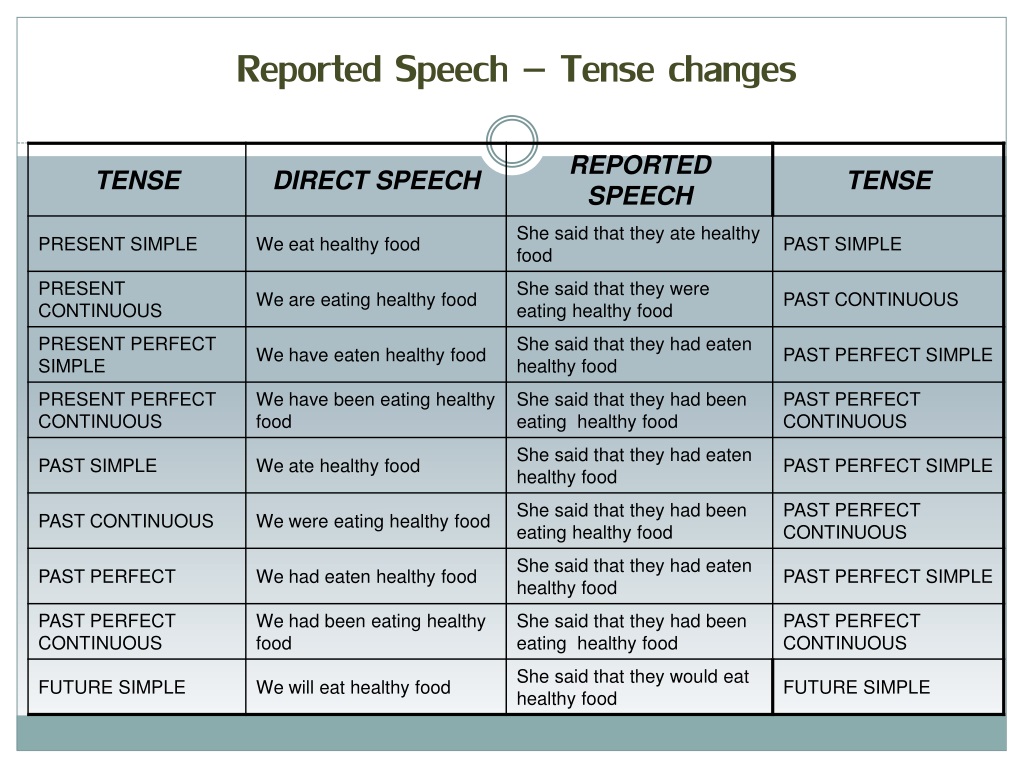 The first nine months of this year have been very successful for us with growth of over 15% compared to the same period in 2010. We expect sales volumes to grow at the end of the year, but the growth curve will be softer, between 7 and 8%.
The first nine months of this year have been very successful for us with growth of over 15% compared to the same period in 2010. We expect sales volumes to grow at the end of the year, but the growth curve will be softer, between 7 and 8%.
- New markets for you were China, India, Brazil. Was there an increase in sales in Russia?
- We are primarily focusing on China, Brazil, India, building new factories there, but this does not mean that we forget about other growing markets. The Russian market and the markets of the CIS countries are very promising - the number of cars per capita there is small, but it is growing.
- If you compare the working conditions in Russia and in other BRIC countries, where is the most favorable climate for investors and can you name any significant shortcomings in Russia in comparison with other BRIC countries?
- First of all, if we talk about the investment climate in Russia, it is currently safe and provides the best situation in terms of return on investment. If we started with the Chinese market, then this is because there is more potential there - let's compare the population. China has 1.4 billion people, and the number of cars per 1,000 people is lower than in Russia. And in Russia, the population is 140 million. From this point of view, the potential in China is much higher, but Russia offers very good conditions for investment, and at some point we will definitely take a step forward here in Russia.
If we started with the Chinese market, then this is because there is more potential there - let's compare the population. China has 1.4 billion people, and the number of cars per 1,000 people is lower than in Russia. And in Russia, the population is 140 million. From this point of view, the potential in China is much higher, but Russia offers very good conditions for investment, and at some point we will definitely take a step forward here in Russia.
- The first point is the need to build a solid foundation. This is distribution building. It is important to produce tires, but it is equally important to sell them. It is very important that the brand is recognized and that automakers are ready to purchase these tires. These are indispensable conditions for building a solid foundation in terms of tire distribution. The second part of the foundation is the construction, the formation of a strong team. What I saw here during my visit inspires me with confidence.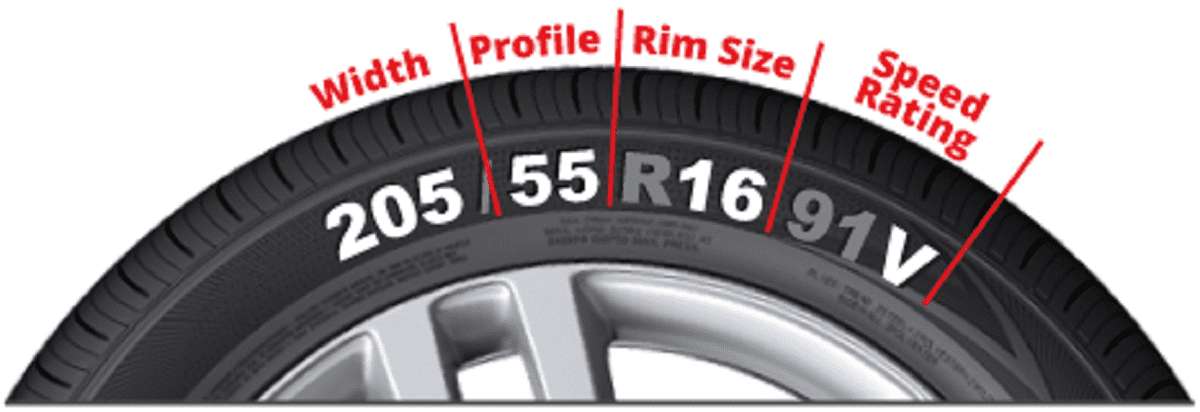 And the next stage is the increase in production capacity, which is planned in the near future on the basis of production in Davydovo. And obviously, then the time will come for the next steps.
And the next stage is the increase in production capacity, which is planned in the near future on the basis of production in Davydovo. And obviously, then the time will come for the next steps.
– Approximately when might the increase in production take place and by how much?
- As I said, the first step will come in a very short time, then we will talk about the next steps, but I am sure that we need to move forward.
– Do you still plan to buy one of the Russian manufacturers?
- Of course, we are looking at various possibilities, but we also consider organic growth.
- Are you afraid of competition from other manufacturers? Pirelli, Yokohama come to Russia. Do you have any special recipe for success?
- We have competitors all over the world, and as we compete in North America, China, Germany, we will also compete in Russia. And we will capitalize on the strengths we have. This is the power, the strength of the brand, the outstanding quality and advanced technology embedded in our tires. And more importantly, it's the quality of the people who work here.
And more importantly, it's the quality of the people who work here.
- You mentioned that Russia offers some of the best conditions for doing business compared to other BRIC countries. But there is such a factor as corruption. Have you encountered corruption in Russia? Is there a system for responding to such cases?
- Corruption is prohibited at Michelin. In Russia, we have grown and are growing successfully without corruption, and it is clear to me that we will continue to grow without corruption.
- Michelin has been a world leader for many years. How do you manage to remain a leader in the world when even a small company can make a breakthrough in a short time?
– It is true that things are changing very quickly in the world in both developed and emerging markets. But we at Michelin are convinced that we must live up to our established values and our strengths: technology, performance, quality, innovation and of course – and perhaps above all – our people.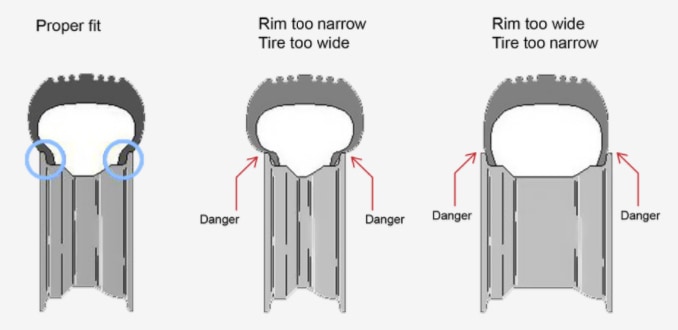
- When it comes to technology, Michelin has often created something that has been a real breakthrough throughout its history. Are you preparing something similar now?
- We are preparing the future - that's for sure (smiles). But the main task is to offer the end user the best balance of characteristics. This is a very difficult task. A tire must deliver performance in terms of increased safety and comfort, lower operating cost, fuel economy, durability and noise levels – and if you don't get too technical, improving one feature at the expense of another is quite easy. The strength of Michelin is that we do not compromise and do not sacrifice any of the characteristics to improve the other. Our tires provide a balance of all characteristics.
– How did the idea of cooperation with Mikhail Prokhorov on the creation of the “Yo-Mobile” come about?
- In fact, when we started working with Yo-mobile, we realized that we have a common understanding of the goals and objectives that we face.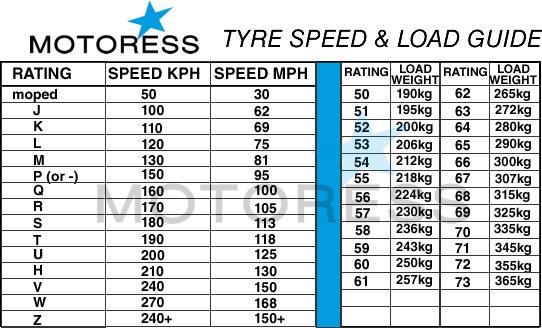 First of all, it is the promotion of innovations. Secondly, we have a common vision and a common understanding of the cost of ownership. The cooperation was natural enough, we are satisfied with it.
First of all, it is the promotion of innovations. Secondly, we have a common vision and a common understanding of the cost of ownership. The cooperation was natural enough, we are satisfied with it.
- General (smiling).
- Yes, but not in the short term. This will probably be 10% of the market somewhere by 2025, maybe 5% by 2020, primarily because today the battery itself is expensive, and secondly, a network is needed for recharging. But what I want to note: the internal combustion engine will make a breakthrough - all engine manufacturers are working on this now. We are only at the beginning of the journey in terms of reducing carbon emissions. And hybrid cars will develop, and electric vehicles. I'm sure there will be tremendous progress.
- In this trend of reducing human impact on the environment, are you already seeing an increase in demand for bicycle tires?
- Indeed, people are actively switching to bicycles and electric bicycles, for example, in China, about several million of these bicycles are produced annually.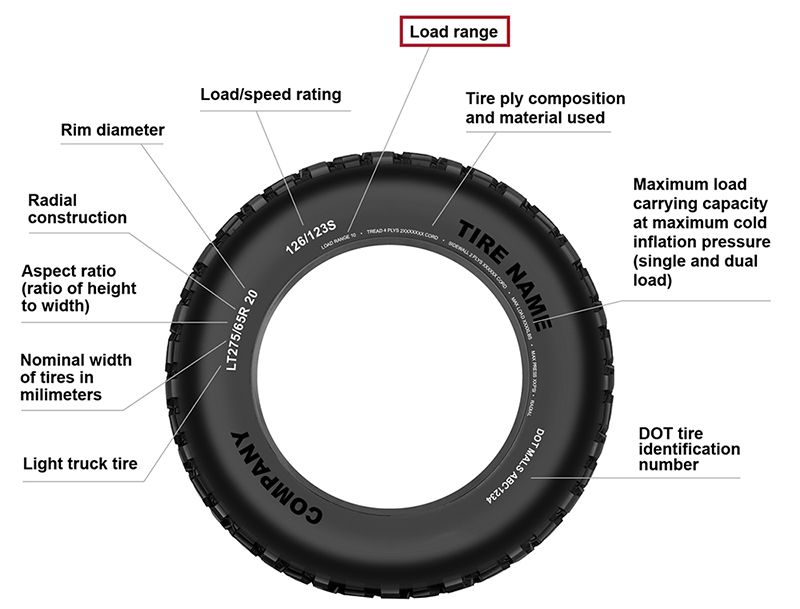 The market is growing, but still remains small in size.
The market is growing, but still remains small in size.
– Would you make bicycle tires in Russia?
– Not sure if we will start making bicycle tires in Russia. First of all because of the weather, of course.
- Will we ever see a Michelin guide to restaurants in Moscow or St. Petersburg?
- It's possible, but it's too early to give a definitive answer. We are moving city after city, country after country, and five or six years ago there were only a few countries. Now there are guides for North America, Hong Kong, Japan... Moscow and St. Petersburg should be targets for work in this direction, but it's too early to give a clear answer. When we work on a guide, it is a thorough in-depth study and understanding of both the cuisine and everything else. So it's still early.
– Did you have any problems compiling it for the Russian capitals?
- It's still a matter of our resources. We started in North America and Hong Kong. If we talk about how a guide is created in general, then, starting to create it, we must be sure that the number of hotels and restaurants that can be included in this guide is large enough. And the second is the circulation of the guide itself and its sales. I don't know enough, maybe I know Moscow and St. Petersburg well, but they are developing so fast and they are so promising that there will be a guide, but I can't say when
And the second is the circulation of the guide itself and its sales. I don't know enough, maybe I know Moscow and St. Petersburg well, but they are developing so fast and they are so promising that there will be a guide, but I can't say when
– Have you tried any dishes of Russian cuisine?
– Yes, and every time I visit I try some dishes of national Russian cuisine. This visit is my third. I liked the high quality standards of cooking. I was impressed by such a traditional dish as borscht and its variations. Initially, this is a very simple dish, but the chefs offer a variety of variations of it, and from simple it becomes more and more complex.
- When you travel, do you follow your guide?
- Yes. And I use the Michelin Green Guide when I drive around Moscow, of course!
- No, there were never any unpleasant surprises.
- Western media mention that the special structure of the company allows the Michelin family, despite the fact that they own only a small stake, almost unlimited control of the company .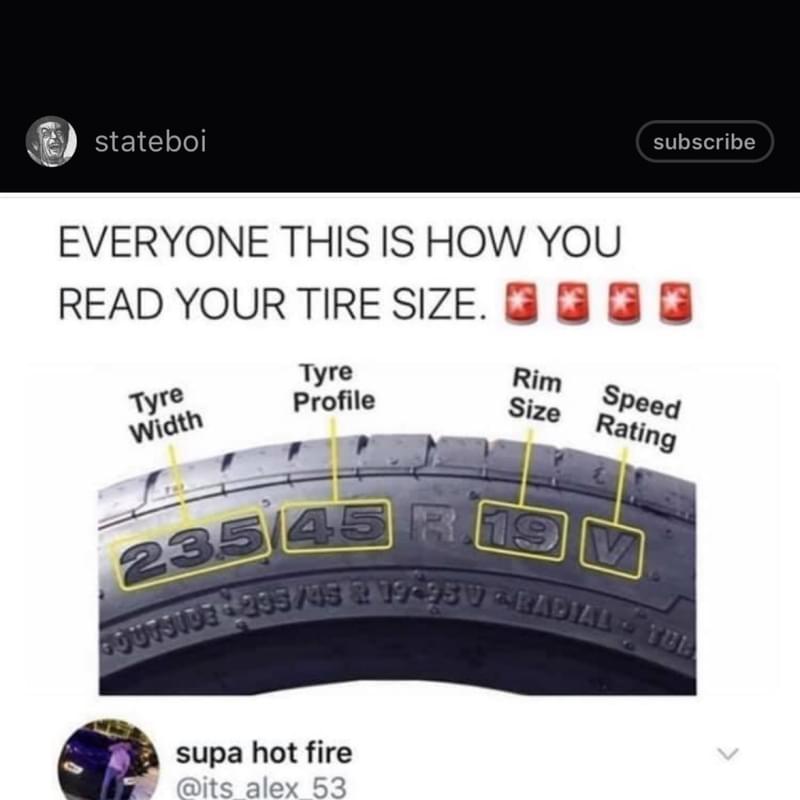 ..
..
- Yes, we have a specific legal structure of the company, we are a general partnership. I am the general managing partner, along with Jean-Dominique Senard - the managing partner - elected by the shareholders, who are the decision-making force. Now the majority of our shareholders are financial structures. This structure is not unique. There are three French companies with this structure, which are traded on the stock exchange. These are Michelin, Lagardere and Hermes. I recently made the decision that we should keep the structure of our company, but significantly modernize it, which is more in line with the expectations of our shareholders.
– How are partners selected? From the board of directors by the decision of the supervisory board?
- Complex system. The offer is made by a person in partnership. This proposal must be approved by the Supervisory Board, otherwise it will not pass. Then there is a vote of shareholders at the general assembly - you need to score 66%.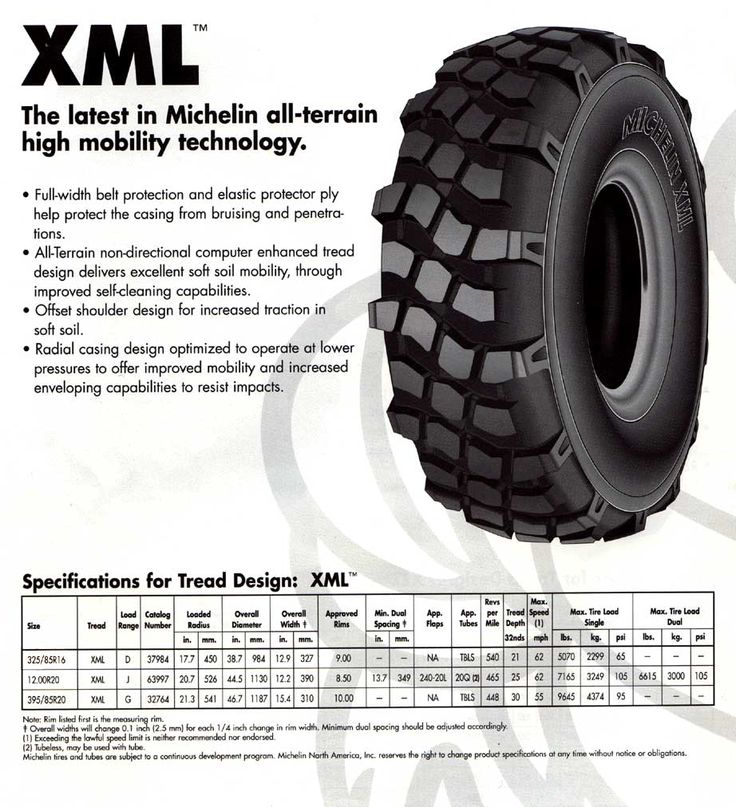 When I was elected, I was elected for a term until the age of 72. In the future, elections will take place every four years, and the partner must confirm their right to be re-elected.
When I was elected, I was elected for a term until the age of 72. In the future, elections will take place every four years, and the partner must confirm their right to be re-elected.
- Why are you willing to give up power over the company?
- The answer is simple. I'm 67 and next year I'll be 68 and then 69 and there's nothing I can do about it. And if you are a responsible enough person, then you must understand that at some point - not too late - you must leave. It is important to understand that the later this happens, the more difficult it will be to leave. The second managing partner, Jean-Dominique Senard, is a reliable person to whom all cases can be delegated. And why should Michelin wait to get all these benefits when it can be done now?
- Yes, but I have a very small stake, about 25,000-30,000 shares, and given that we have about 170 million shares, my share is not large. But at the same time, as a partner, I receive remuneration as a percentage of the company's profits. And in this case, I am treated like a shareholder. No profit - I have nothing.
And in this case, I am treated like a shareholder. No profit - I have nothing.
- They are in a completely different business. There is no reason for them to work for Michelin.
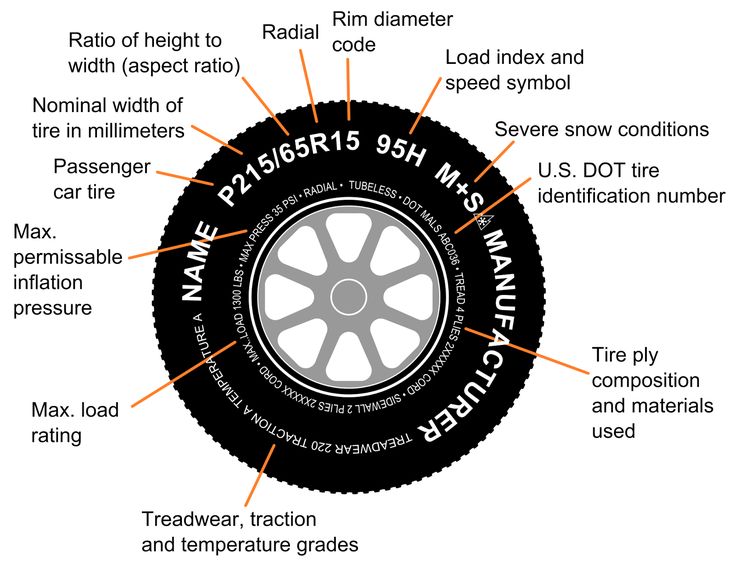 These tires are designed for use in warm weather conditions and have a tread pattern that...
These tires are designed for use in warm weather conditions and have a tread pattern that...
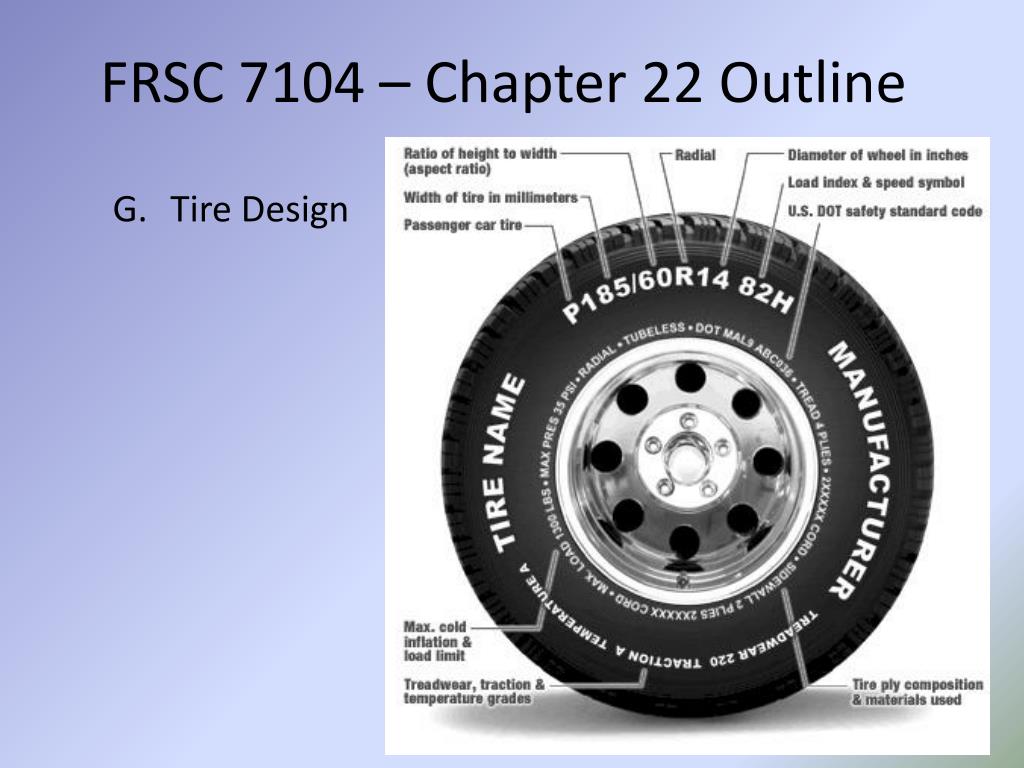 Excellent..
Excellent..
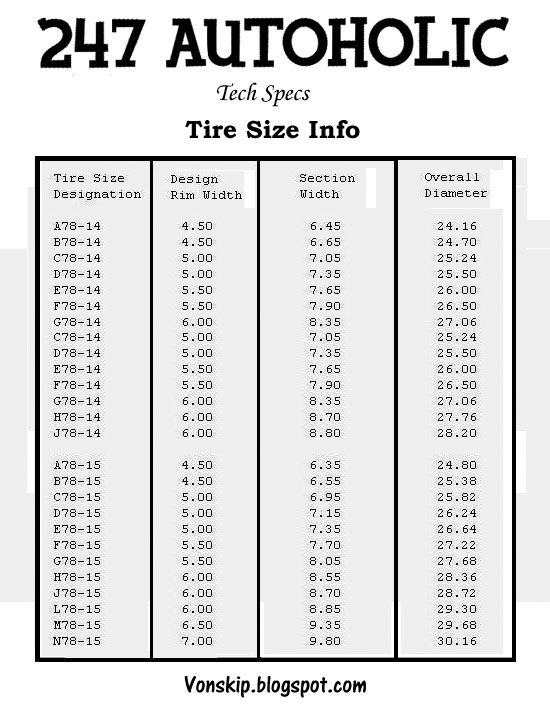 .
.
